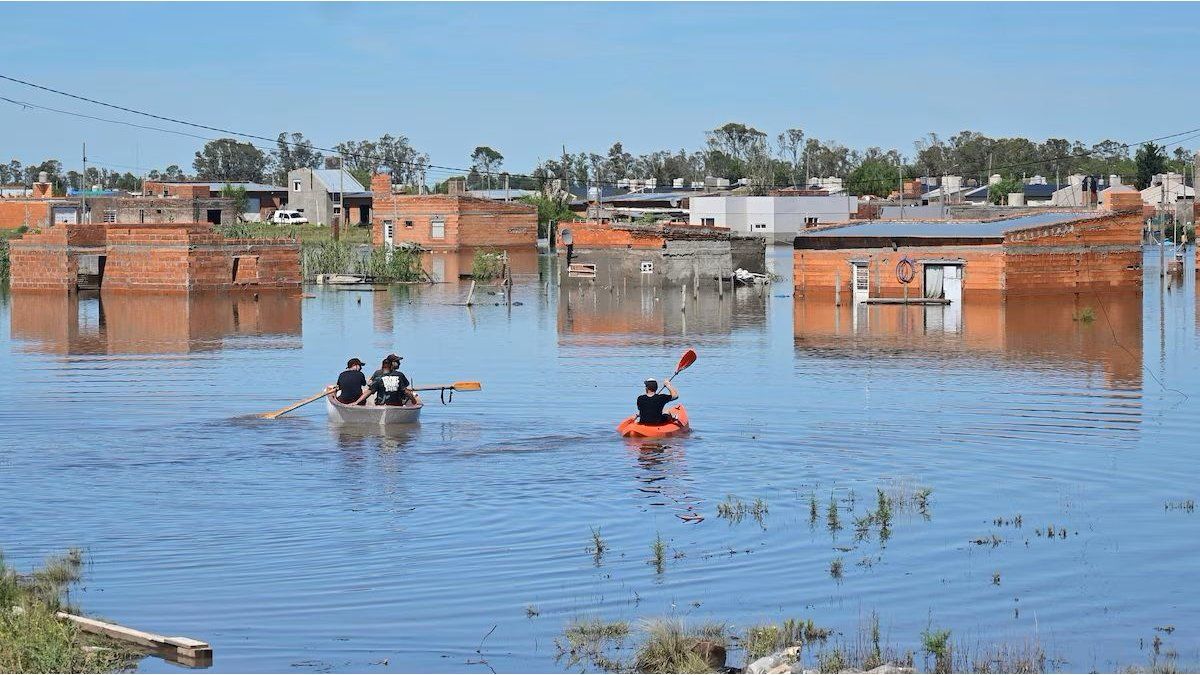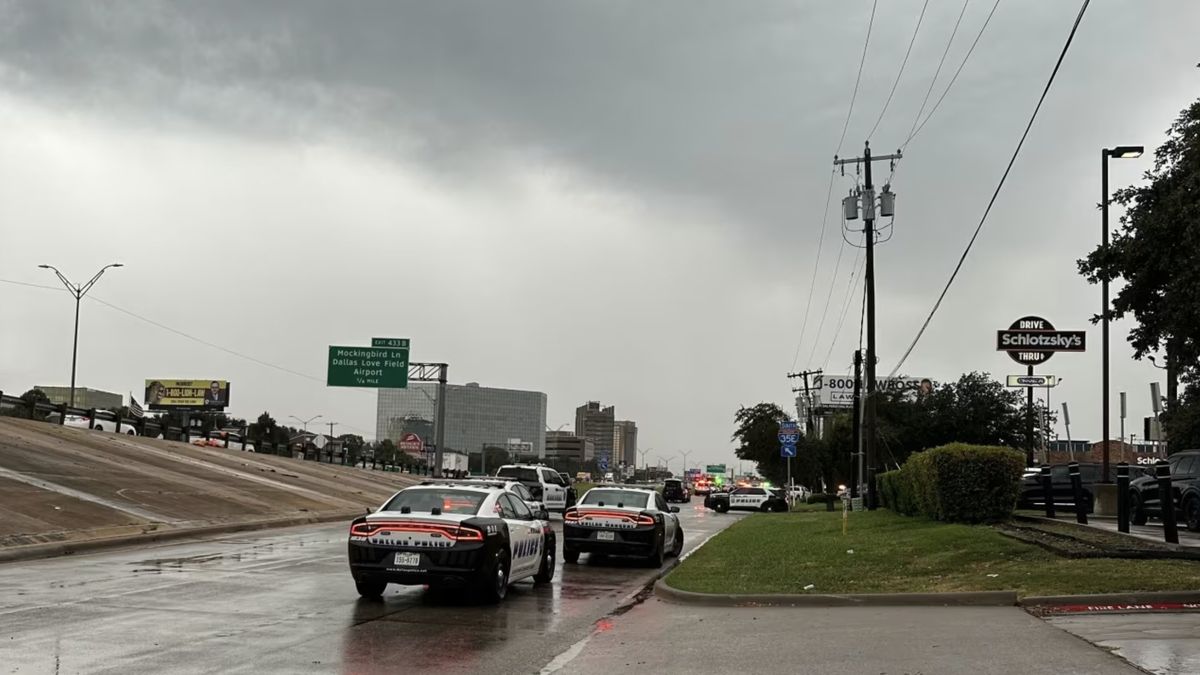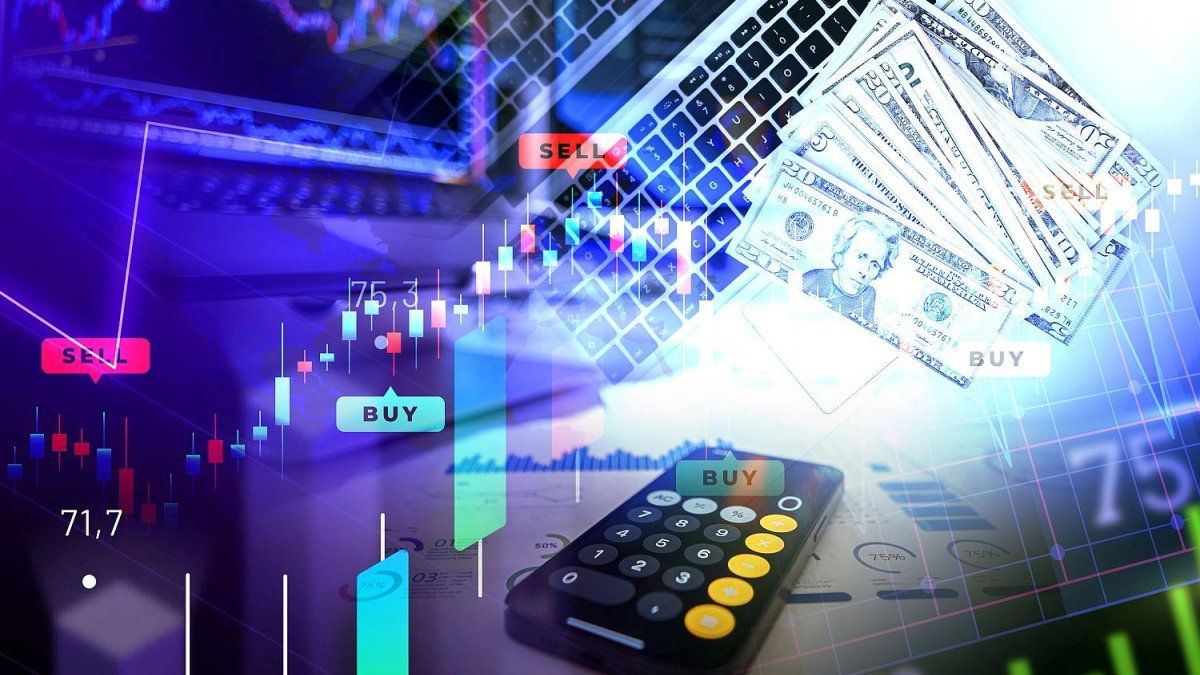It is inevitable for some, seeing the devastating flood in Bahía Blanca, Another of the many signals of climate change. Many others, most, continue to ignore them. The coverage of the general media repeated the usual script: “Historical storm”, “unprecedented rain”, “extraordinary phenomenon.” Except for some specialized notes that made the link, most insisted on presenting it as an isolated, surprising and unrepeatable event.
“Such an extreme rain had never registered,” says expert meteorologists of the SMN. “Bahía Blanca is not a rainy area,” I heard on several occasions when they consulted premises. And yes, precisely, when we talk about change Climate, we talk about the weather we knew is changing. The usual thing was already. What was previously exceptional, today is repeated more frequently. Although we know what climate we leave behind, we do not know where it will continue to change. We broke that balance.
Continue planning with numbers from the past, with the trends of what it used to be, is a recipe for disaster, which can only be understood from denialism and indifference. There is talk of climate change as if it were a problem of the future, as if we still had margin to decide when to start acting on that.
Climate change is here. It is in the fires of Patagonia, in the most frequent and intense droughts that sweep the field, in these devastating storms, and the heat waves and the days of 47 ° C of thermal sensation. Unfortunately, what is happening is not an anomaly: it is the new reality with which we will have to learn to live, to live, to survive.
The hidden cost of catastrophes
The fact that the reconstruction of Bahía Blanca will cost no less than $ 400 billion, and although risk management experts ensure that for each dollar invested in prevention can be saved up to $ 15 in recovery, there are other economic costs that are not so explored.
Little is discussed about the emotional cost that these episodes bring. Bahía Blanca had already suffered a climate disaster in 2023. Just a year later, she was now hit by another even worse, and ten days of the storm, still with mud in the streets, they receive a yellow alert again:
“I heard thunder and made me want to cry, will it be so every time you announce bad weather?” Beatriz expressed, a neighbor of Bahía Blanca to a national environment.
No one is measuring the psychological impact of living in a state of permanent crisis. We are playing randomly, but it is unquestionable that everything affects us a bit. After the fierce fires in Patagonia, this tragedy arrives and who knows what the next one will be. And the duel is not only because of material losses. Some also weighs the certainty that the world in which we grew up is no longer the same and that the future is being transformed without having control.
It is not enough to react
Faced with urgency, you have to answer quickly, yes. But it is time to understand that collections and donations, although indispensable, are just a patch. They work while the tragedy is in the headlines, but they do not solve the background problem Why does the reaction only arrive after the disaster?
Because responding to emergency is not the same as being prepared. The responsibility of planning and reducing risks cannot fall on voluntary gestures or the goodwill of those who want to help. It is the State that must ensure that cities are more resilient, that there are prevention plans and that the infrastructure is prepared for what is coming. It is not just about managing emergencies, but about reducing risks, strengthening our cities and preparing communities before the disaster hits.
There are tools, strategies and methodologies that are already working in other countries and in some cities in Argentina. From sustainable urban drainage systems to climate risk management models in companies, solutions exist. We need to stop treating them as optional and we begin to integrate them into each decision, in each public policy, in each business strategy.
Because the same applies to the private sector. Many companies joined the solidarity movement making available their infrastructure, logistics and resources, and that support is valuable and appreciated. But being part of the solution cannot be limited to donating after tragedy, but to transforming internal practices that aggravate the problem. If companies can mobilize resources and logistics in a matter of hours before a crisis, they can also – and should do so when there are no cameras or headlines. Not only in emergencies, but in each decision they make on how they produce, distribute and manage their impact.
We know this will only get worse. We cannot continue reacting with palliatives and return to the routine as if nothing, waiting for the next generations to solve it. How many times do we listen to adults say that they have “hope” in young people, as if today were the children who must find the solution when they grow up? The future is not something that can be delegated. What is done today will define the margin of maneuver they will have tomorrow. And if inaction continues, they will not inherit a world that they can improve, but a scenario where they can barely resist. The question is not if they will have the ability to change everything in 20 years. The question is if today’s adults are going to dare to do what is needed to leave them a world where at least it is worth trying.
And what do we do with all this?
The truth is that what “is needed” today, does not depend only on governments or large companies. We cannot continue leaving this discussion in the hands of a few, as if the future were just the responsibility of those who occupy positions of power. We must take it to our homes, to our work, to each space where we can influence, however small. Because when denialism advances from the highest spheres – with a president in Argentina and another in the United States that reject scientific evidence – silence is not an option.
And I know that many times we feel that the climatic crisis is too large, that our individual actions do not reach and that if we cannot do everything “well”, then better do nothing. But the collective change does not come from the perfection of one, but from everyone’s commitment. It is not about transforming our life from one day to another, but about starting with what we have and where we can. And in a country where poverty already exceeds 50%, talking about climate change cannot be a luxury disconnected from social reality. For that reason, we need solutions that not only mitigate the environmental crisis, but also improve the lives of people today, while preparing us for what is coming.
But although I am not going to get tired of pointing out that individual action matters, its true power is when it multiplies and advances despite uncertainty. When together we can begin to sustain ourselves in community and build new ways to inhabit a world in transformation.
So, the question is not only what we can do, but how we choose to cross this moment. Are we going to be paralyzed and isolated by uncertainty or are we going to build, among all, answers that strengthen us? Are we going to continue reacting when the disaster has already happened or are we going to start preparing before?
And probably the key is not in a single response or an individual lighting, but in encouraging us and giving conversations that we still did not have, in the networks that we still did not build and in the shared action we owe ourselves. The change is already happening. Are we going to be part of him or just look from the side?
Source: Ambito
David William is a talented author who has made a name for himself in the world of writing. He is a professional author who writes on a wide range of topics, from general interest to opinion news. David is currently working as a writer at 24 hours worlds where he brings his unique perspective and in-depth research to his articles, making them both informative and engaging.




